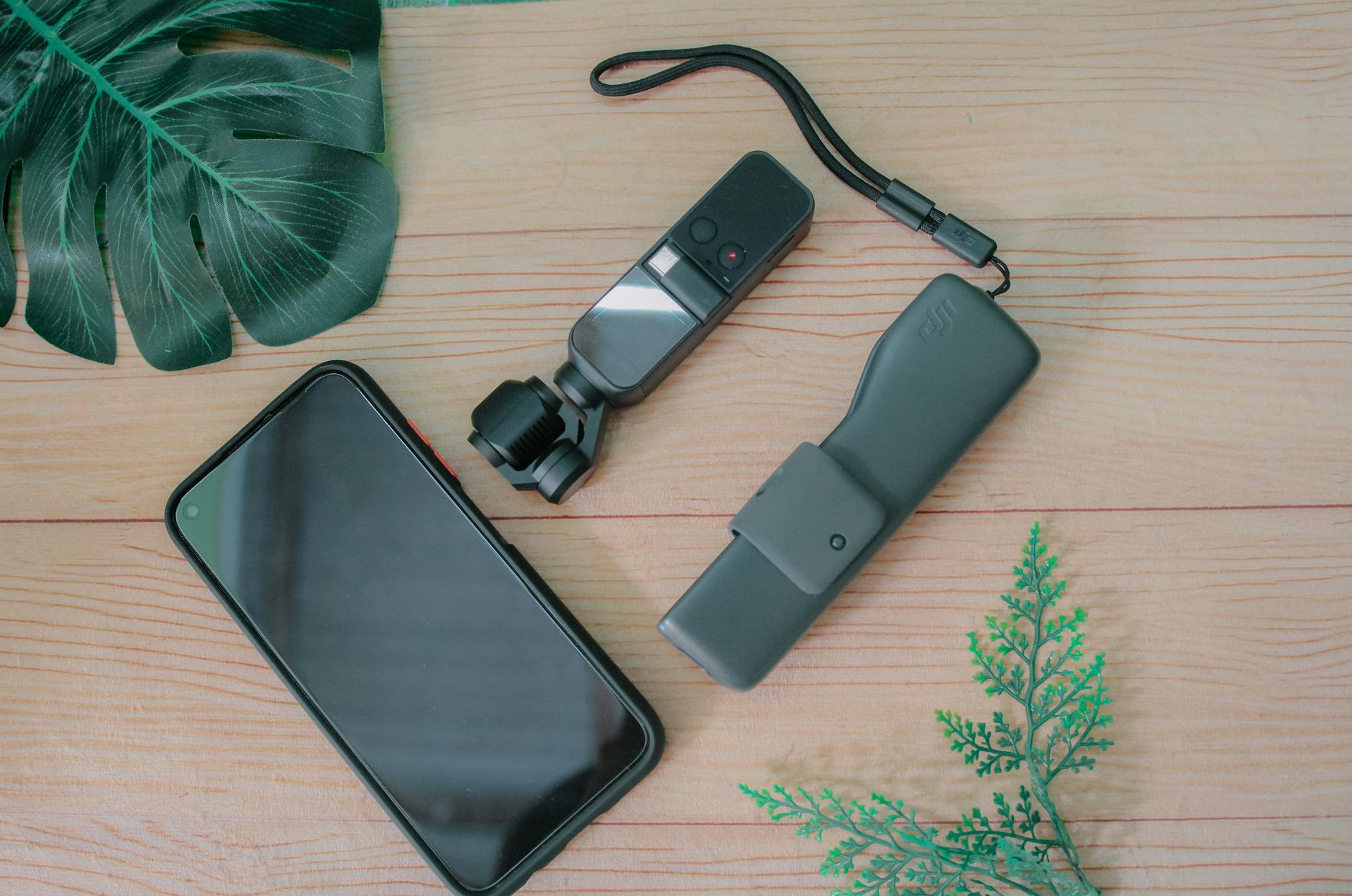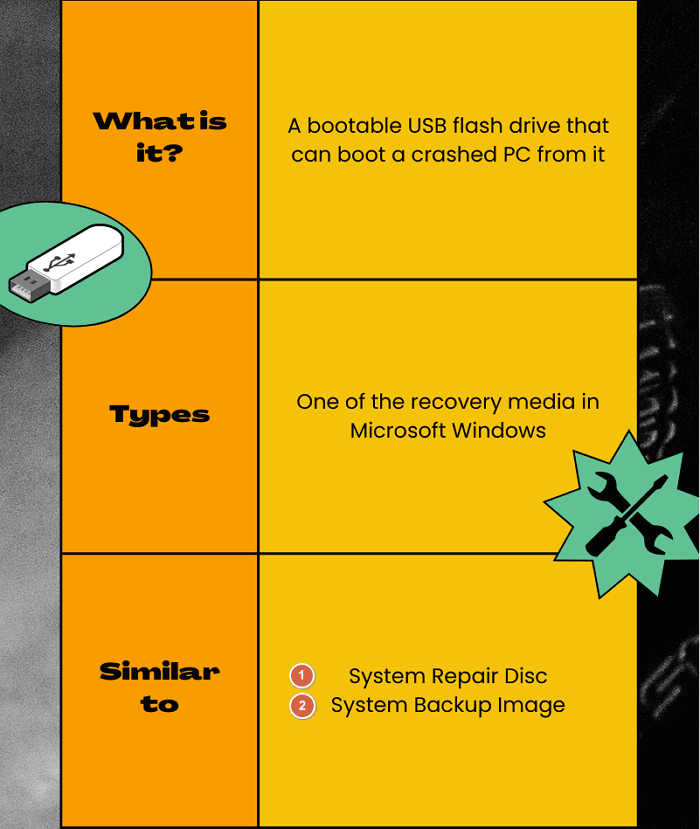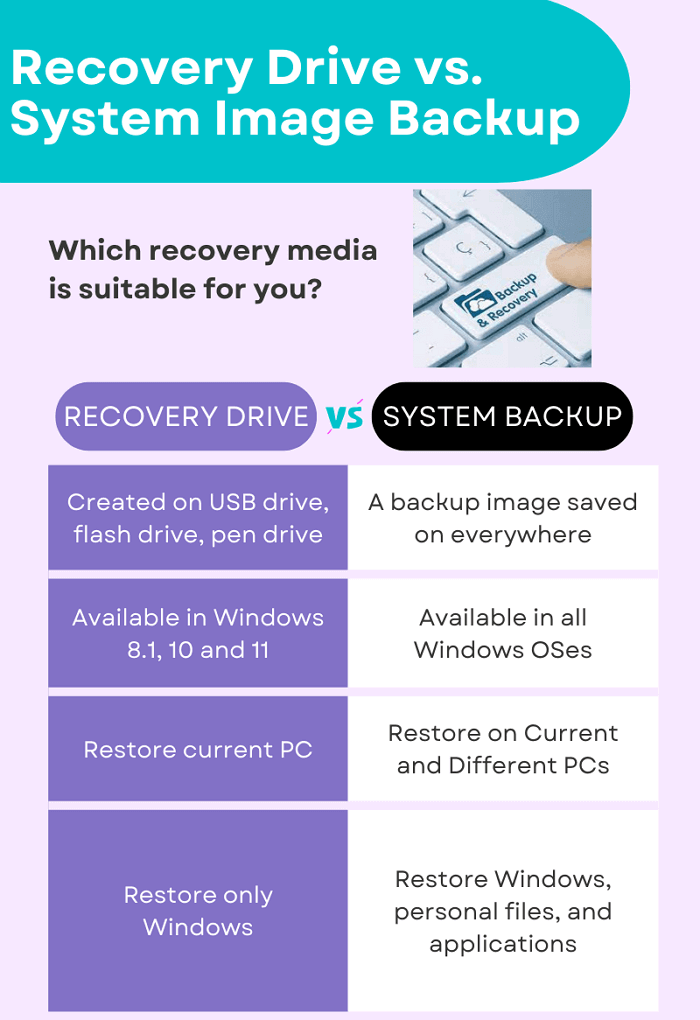Create Bootable Win 10 USB Drive

Unleash the power of Windows 10 by learning how to create your own bootable USB drive in just a few steps.
Table of Contents
Getting Started: What You Need to Make a Bootable USB Drive
In order to create a bootable USB drive for Windows 10, you'll need a few essential items to get started. Let's take a look at what you'll need before diving into the process.
What is a Bootable USB Drive?
A bootable USB drive is a portable storage device that contains the necessary files to start up and install an operating system, like Microsoft Windows 10, on a computer. It allows you to install or repair your Windows operating system conveniently.
Requirements for Creating a Bootable USB
Before you begin creating your bootable USB drive, you'll need a few things:
- A USB flash drive with sufficient storage capacity (at least 8GB).
- A Windows PC to download the required software and create the bootable drive.
- A stable internet connection to download the Windows 10 installation files.
Choosing the Right Version of Windows 10
When creating a bootable USB drive, it's essential to decide which version of Windows 10 you want to install. Microsoft offers two primary versions: Windows 10 Home and Windows 10 Pro. Windows 10 Home is suitable for most users, while Windows 10 Pro includes additional features like BitLocker encryption and Remote Desktop.
Step-by-Step Guide to Create Your Windows 10 Bootable USB
To create a bootable Windows 10 USB drive, the first step is to download the Windows 10 Media Creation Tool from Microsoft's official website. This tool is essential for creating the bootable USB drive that you will use to install or reinstall Windows 10 on your computer.
Preparing Your USB Drive
Once you have downloaded the Media Creation Tool, insert your USB flash drive into a USB port on your Windows PC. Make sure the USB drive has a minimum capacity of 8GB to accommodate the Windows 10 installation files. Before proceeding, ensure you back up any important data on the USB drive as the process will erase all existing data.
Using the Media Creation Tool to Create the Bootable Drive
Launch the Windows 10 Media Creation Tool that you downloaded earlier. Follow the on-screen instructions to select the language, edition, and architecture for Windows 10. Then, choose the option to create installation media (USB flash drive, DVD, or ISO file) for another PC. Select the USB flash drive option and pick your inserted USB drive from the list provided. The tool will then download the necessary files and create the bootable USB drive.
Testing Your Bootable USB Drive
Once you have created your bootable Windows 10 USB drive, it's important to test it to ensure it works correctly. The first step is to restart your PC. Save any work you have open and click on the Start menu. Choose the "Restart" option and wait for your computer to shut down and turn back on.

Image courtesy of via Google Images
Booting from the USB Drive
During the restart process, pay close attention to the initial screen that appears. It may say something like "Press F2 for Setup" or "Press Del for BIOS." You will need to press the indicated key to enter your computer's BIOS or UEFI settings.
In the BIOS or UEFI settings, look for the "Boot" or "Boot Order" section. Here, you can change the boot order to prioritize booting from a USB drive. Make sure to select your bootable USB drive as the primary boot device.
Once you have made the necessary changes, save the settings and exit the BIOS or UEFI. Your computer will restart, and this time, it should boot from the USB drive. If everything is set up correctly, you will see the Windows 10 installation screen, indicating that your bootable USB drive is working as intended.
Troubleshooting Common Issues
Creating a bootable USB drive to install Windows 10 can sometimes encounter issues. Here are some common problems you might face and ways to solve them:
What If the PC Doesn't Boot From the USB?
If your computer is not recognizing the bootable USB drive, there are a few things you can try. Firstly, ensure that the USB drive is properly inserted into a USB port. You may need to try a different port to rule out any hardware issues.
Another step is to check your BIOS or UEFI settings. Restart your computer and enter the BIOS/UEFI interface (usually by pressing a specific key during startup). Look for the Boot Order or Boot Priority section and make sure the USB drive is listed as a boot option and set as the first priority.
Error Messages During the Bootable USB Creation
During the process of creating a bootable USB drive, you might encounter error messages. One common error is related to an unstable internet connection while downloading the Windows 10 Media Creation Tool. Ensure you have a stable internet connection to avoid interruptions in the download process.
| Step | Description |
|---|---|
| 1 | Download the Windows 10 Media Creation Tool from the official Microsoft website. |
| 2 | Insert a USB drive with at least 8GB of storage capacity into your computer. |
| 3 | Run the Windows 10 Media Creation Tool and select "Create installation media for another PC." |
| 4 | Choose the language, edition, and architecture for Windows 10, and click "Next." |
| 5 | Select "USB flash drive" as the media type and click "Next." |
| 6 | Choose the connected USB drive and click "Next" to begin creating the bootable Windows 10 USB drive. |
| 7 | Once the process is complete, you will have a bootable Windows 10 USB drive that can be used to install or repair Windows. |
If you receive an error message during the creation of the bootable drive, try restarting the process. Sometimes errors can occur due to temporary glitches. If the issue persists, consider downloading the Media Creation Tool again in case the file was corrupted during the initial download.
Using Your Bootable USB Drive to Install Windows 10
Now that you have your bootable USB drive prepared, it's time to start the installation process. Insert the USB drive into a USB port on your computer and restart your system. Make sure to configure your BIOS or UEFI settings to boot from the USB drive.

Image courtesy of via Google Images
Choosing the Correct Windows 10 Version to Install
During the installation process, you will be prompted to choose the version of Windows 10 you want to install. You can select between Windows 10 Home and Windows 10 Pro based on your preferences and needs. Follow the on-screen instructions to make your choice.
Completing the Windows 10 Installation
Once you have selected the Windows 10 version, the installation process will begin. Follow the prompts on the screen to set up preferences such as language, time zone, and user accounts. You may also need to enter your Windows product key if required. After completing these steps, let the installation process run its course. Your computer will restart several times during the installation, so be patient.
Conclusion
In this article, we learned about creating a bootable USB drive for Windows 10, whether it's the Home or Pro version. We covered what exactly a bootable USB drive is, the requirements needed to make one, and the step-by-step process to create it using the Windows 10 Media Creation Tool. After creating the bootable USB drive, we discussed how to test it by restarting your PC and booting from the USB drive.
Throughout the article, we also addressed common issues that may arise during the creation process and provided troubleshooting tips to help resolve them. By following the instructions carefully, you should be able to successfully create a bootable USB drive for Windows 10.
Now that you have your bootable USB drive ready, you can use it to install or reinstall Windows 10 on your PC. Just follow the steps outlined in the article to start the Windows 10 installation process, choose the correct version of Windows 10 to install, and complete the installation successfully.
Congratulations on successfully creating your Windows 10 bootable USB drive! You are now ready to install or reinstall Windows 10 whenever needed. If you have any further questions or need assistance, refer to the FAQs section for more information.
Frequently Asked Questions (FAQs)
What is a Bootable USB Drive?
A bootable USB drive is a portable device that contains the necessary files to start up and install an operating system like Windows 10 on a computer. It allows you to easily install or repair your operating system without using a disc.
Requirements for Creating a Bootable USB
To create a bootable USB drive, you will need a USB flash drive with enough storage capacity, a Windows PC to download the required software, a stable internet connection for downloading files, and the Windows 10 ISO file for creating the bootable drive.
Choosing the Right Version of Windows 10
Windows 10 comes in different versions, such as Windows 10 Home and Windows 10 Pro. The Home version is suitable for most users, while the Pro version includes additional features like remote desktop and BitLocker encryption. Choose the version that best suits your needs.
What If the PC Doesn't Boot From the USB?
If your computer does not boot from the USB drive, you may need to access the BIOS or UEFI settings to change the boot order. Ensure that the USB drive is properly inserted and recognized by the computer before trying to boot from it again.
Error Messages During the Bootable USB Creation
If you encounter error messages while creating the bootable USB drive, make sure to follow the instructions provided by the software or tool you are using. Common errors may include missing files, insufficient storage space on the USB drive, or corrupted downloaded files.
Generated by Texta.ai Blog Automation


